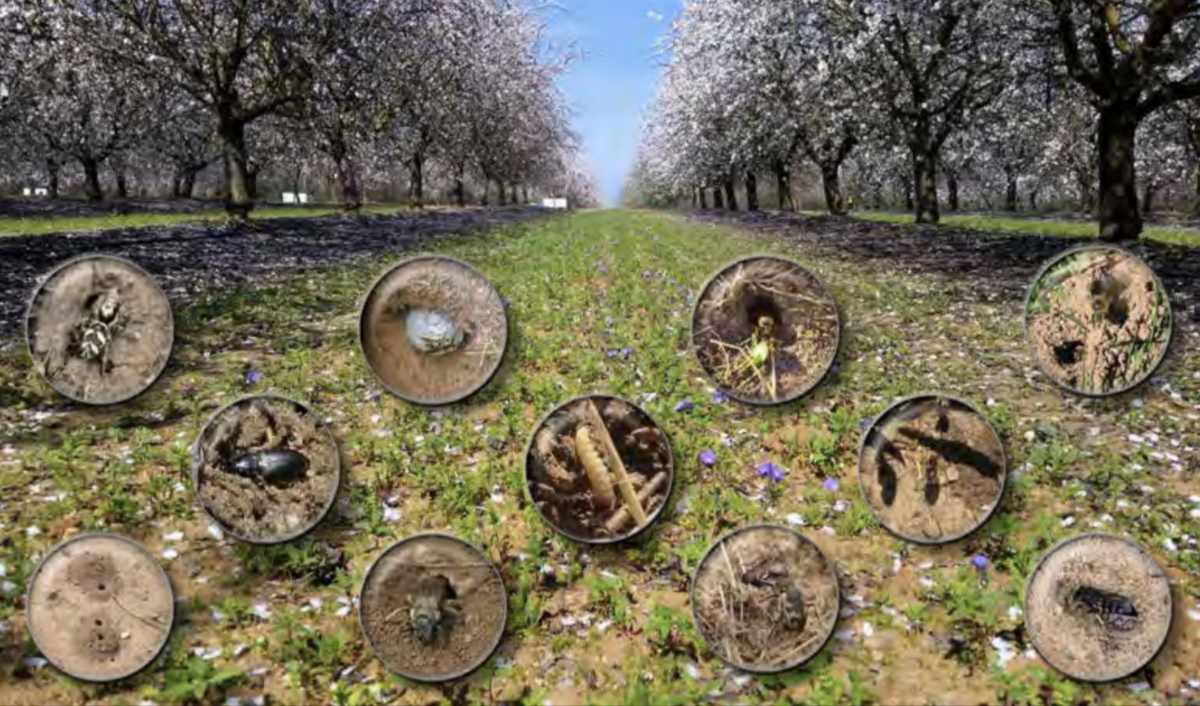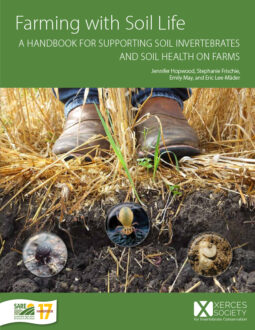Soil is a living, dynamic habitat for a great diversity of animals and plants. It supports the global carbon and nitrogen cycles. Healthy soils sequester carbon, helping to mitigate climate change. Likewise, the vegetation, organic matter, and good structure associated with healthy soils is a sponge for water, absorbing, filtering, and releasing it gradually over time, mitigating the effects of extreme rainfall and drought and cleaning the groundwater that we use for drinking and irrigation.
Soil is fundamental for pollinators—more than 70% of native bees nest in the soil, and the plants that are codependent with pollinators grow in soil. Soil is the habitat for beneficial insects like generalist predator beetles and multitudes of other fascinating and important animals. We continue to learn more about the complexity of interactions between the living and non-living features below the surface, from plants, animals, and fungi to soil physical and chemical properties. The more we learn, the more we understand that soil is an irreplaceable part of life.

This material is based upon work that is supported by the National Institute of Food and Agriculture, U.S. Department of Agriculture through the Sustainable Agriculture Research and Education (SARE) program. Any opinions, findings, conclusions, or recommendations expressed in this publication are those of the author(s) and should not be construed to represent any official USDA or U.S. Government determination or policy.
